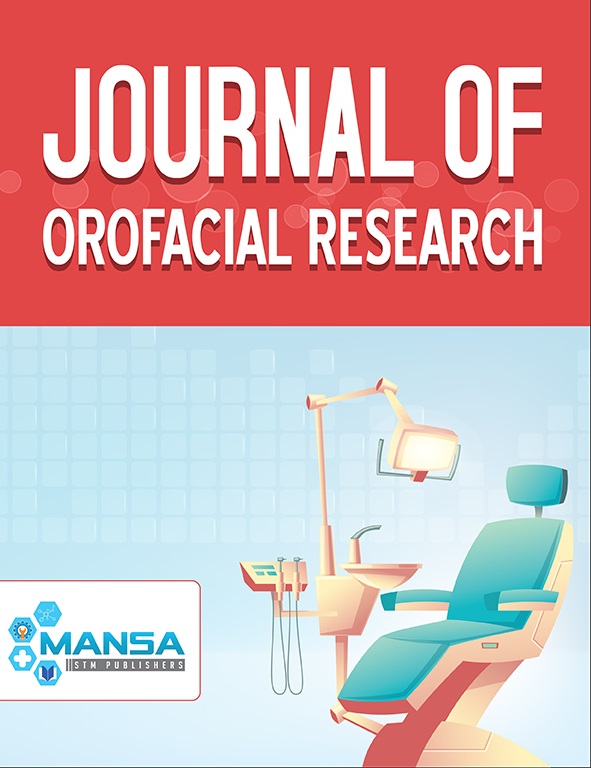Direct Maxillary Sinus Lift for Single Tooth Implant: A Clinical Study
Keywords:
Direct sinus lift, Single tooth implant, Sinus floor augmentation, Alloplastic bone graft.Abstract
Purpose: The aim of the study is to evaluate clinically and radiographically the long-term success of one-stage direct (lateral) sinus lift procedure using alloplastic bone graft material and bio-absorbable membrane in conjunction with two stage implant placement in atrophic partially edentulous posterior maxilla. Materials and methods: One stage direct maxillary sinus lift in conjunction with two stage implant placement was carried out in 10 patients at 11 sites. All the patients were partially edentulous with posterior maxillary alveolar ridge height of > 5 mm and were in the age group of 20 to 50 years. Bioactive glass putty, bio-absorbable collagen membrane and 3.75 × 11.5 mm implants were used. Patients were evaluated clinically and radio-graphically for 18 months after placement of implants at intervals of 6 months to assess increase in residual ridge height, peri-implant condition (marginal bone loss, plaque and gingival index) and implant stability. Results: Maxillary first molar was the most common site (72.72%) for sinus lift and implant placement. Caries was the most common cause (90.90%) for loss of tooth. Increase in residual ridge height ranged from (71.43-133.33%) as measured by Denta-Scan. Implant survival rate was 100%. Marginal bone loss ranged from (0.6-1.2 mm). Implant stability was measured by periotest (–2 to –6). Only one patient had perforation of sinus membrane, but it was sealed satisfactorily by bio-absorable membrane. Conclusion: One stage lateral sinus lift procedure with alloplastic bone graft material in combination with 2 stage implant placement has a predictable outcome in patients with severe resorption of posterior maxilla.

